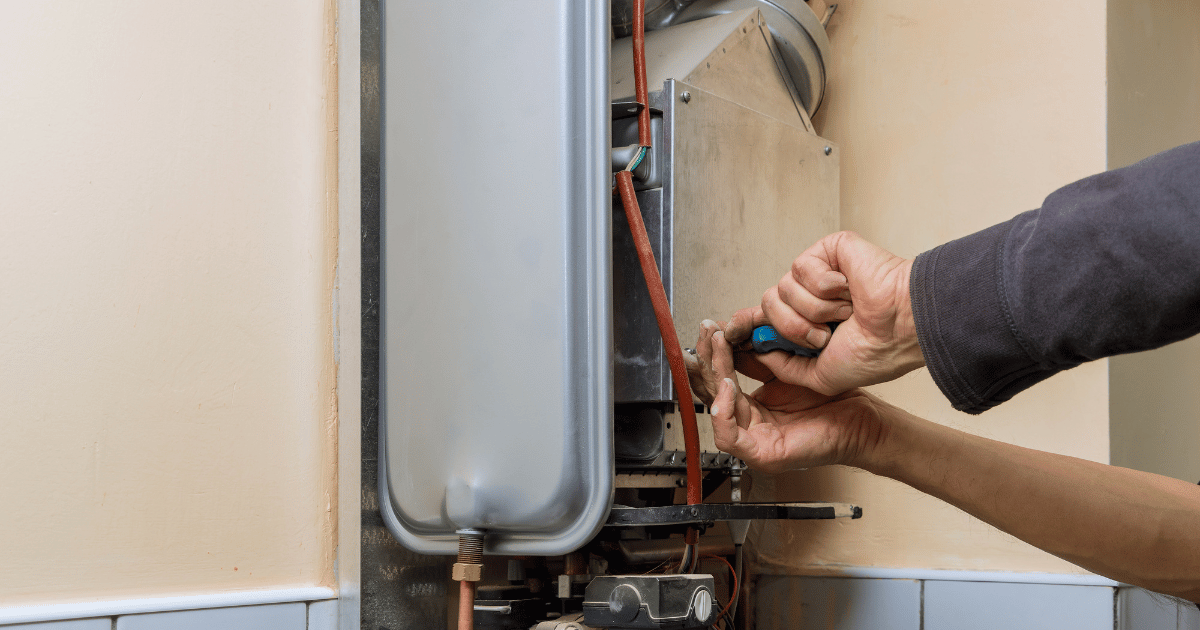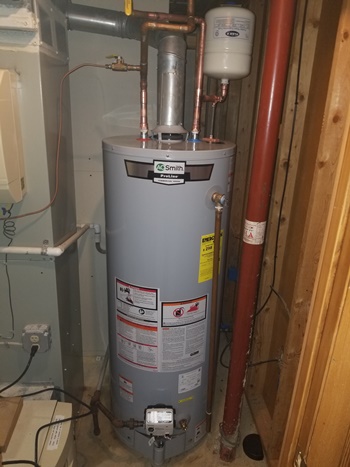Important Care Tips for Your Home's Hot Water SystemImportant Advice on Caring for Your Home's Hot Water SystemWays to Maintain Your Home's Hot Water System in Good Condition
Schedule A Service CallJust about everyone maintains their own individual rationale about Tips For Maintaining Your Hot Water Heater.

Hot water is crucial for daily comfort, whether it's for a rejuvenating shower or cleaning dishes. To ensure your warm water system runs effectively and lasts much longer, normal upkeep is vital. This post offers sensible suggestions and understandings on exactly how to maintain your home's hot water system to avoid disruptions and costly repairs.
Intro
Maintaining your home's warm water system could seem challenging, however with a few easy steps, you can guarantee it operates efficiently for years ahead. This guide covers every little thing from recognizing your hot water system to do it yourself maintenance ideas and recognizing when to contact specialist assistance.
Significance of Preserving Your Warm Water System
Routine upkeep not only extends the lifespan of your warm water system however additionally guarantees it operates successfully. Overlooking upkeep can result in reduced performance, higher power bills, and also early failure of the system.
Signs Your Hot Water System Demands Maintenance
Knowing when your hot water system requires interest can avoid significant issues. Look out for indications such as inconsistent water temperature, odd sounds from the heating unit, or rusty water.
Understanding Your Warm Water System
Before diving right into upkeep tasks, it's helpful to understand the fundamental elements of your hot water system. Normally, this consists of the hot water heater itself, pipelines, anode rods, and temperature level controls.
Month-to-month Upkeep Tasks
Regular monthly checks can help catch small concerns before they rise.
Purging the Water Heater
Flushing your water heater eliminates debris buildup, enhancing performance and prolonging its life.
Checking and Replacing Anode Rods
Anode rods avoid rust inside the tank. Examining and replacing them when broken is vital.
Inspecting and Adjusting Temperature Settings
Adjusting the temperature settings ensures optimum performance and safety and security.
Do It Yourself Tips for Upkeep
You can carry out several upkeep jobs on your own to maintain your hot water system in leading problem.
Checking for Leakages
Regularly examine pipelines and links for leaks, as these can cause water damage and higher bills.
Testing Pressure Alleviation Valves
Checking the stress safety valve ensures it operates properly and stops extreme pressure build-up.
Insulating Pipelines
Protecting hot water pipelines decreases heat loss and can save energy.
When to Call an Expert
While DIY upkeep is useful, some problems require specialist experience.
Complex Concerns Needing Professional Help
Instances include significant leaks, electric troubles, or if your water heater is consistently underperforming.
Regular Professional Maintenance Benefits
Specialist upkeep can consist of extensive evaluations, tune-ups, and ensuring conformity with security requirements.
Conclusion
Routine upkeep of your home's hot water system is necessary for performance, longevity, and price savings. By complying with these suggestions and knowing when to seek expert assistance, you can ensure a trusted supply of hot water without unanticipated disruptions.
How to Maintain an Instant Hot Water Heater
Before tinkering with your hot water heater, make sure that it’s not powered on. You also have to turn off the main circuit breaker and shut off the main gas line to prevent accidents. Also turn off the water valves connected to your unit to prevent water from flowing into and out of the appliance. 2. When you’re done, you have to detach the purge valves’ caps. These look like the letter “T” and are situated on either side of the water valves. Doing so will release any pressure that has accumulated inside the valves while at the same time avoid hot water from shooting out and burning your skin. 3. When the purge valves’ caps are removed, you have to connect your hosing lines to the valves. Your unit should have come with three hoses but if it didn’t, you can purchase these things from any hardware or home repair shops. You can also get them from retail stores that sell water heating systems. Read the user’s manual and follow it to complete this task properly. When the hosing lines are connected, open the purge port’s valves. 4. You should never use harsh chemical cleaners or solutions when cleaning your unit. Make use of white vinegar instead. It should be undiluted and you’ll probably use about 2 gallons. 5. Now flush your water heater. This task should probably take about 40 minutes. We can’t give you specific directions for this because the procedure is carried out depending on the type, model and brand of your heater. With that being said, refer to the user’s manual. 6. When you’re done draining the unit, you have to turn off the purge port valves again. Remove the hosing lines that you earlier installed on each of the water valves. Put the valve caps (purge port) back in their respective places and be very careful so as not to damage the rubber discs that are found inside these caps. 7. Now that everything’s back in place, check your user’s manual again to find out how to reactivate your water heating system. 8. Once it is working, turn one of your hot water faucets on just to let air pass through the heater’s water supply pipes. Leave the tap on until water flows smoothly out of it. https://www.orrplumbing.com/blog/2014/september/how-to-maintain-an-instant-hot-water-heater/

As an enthusiastic reader on Tips For Maintaining Your Hot Water Heater, I assumed sharing that piece was a smart idea. Feel free to pause to share this entry if you enjoyed it. I praise you for being here. Come back soon.
Additional Information